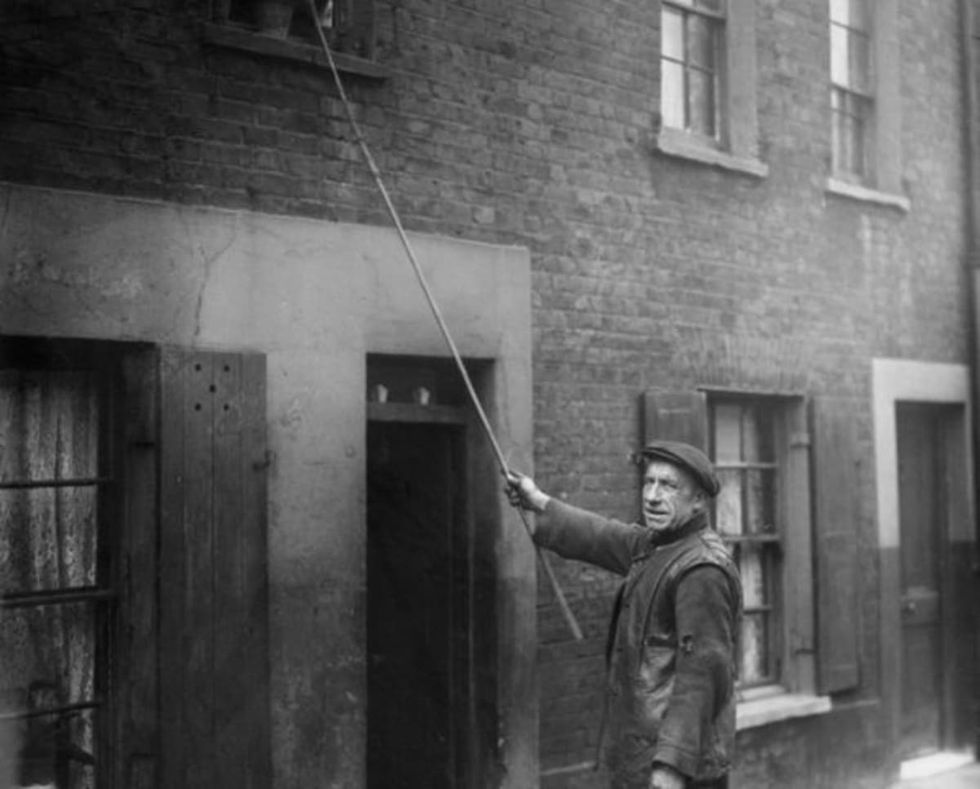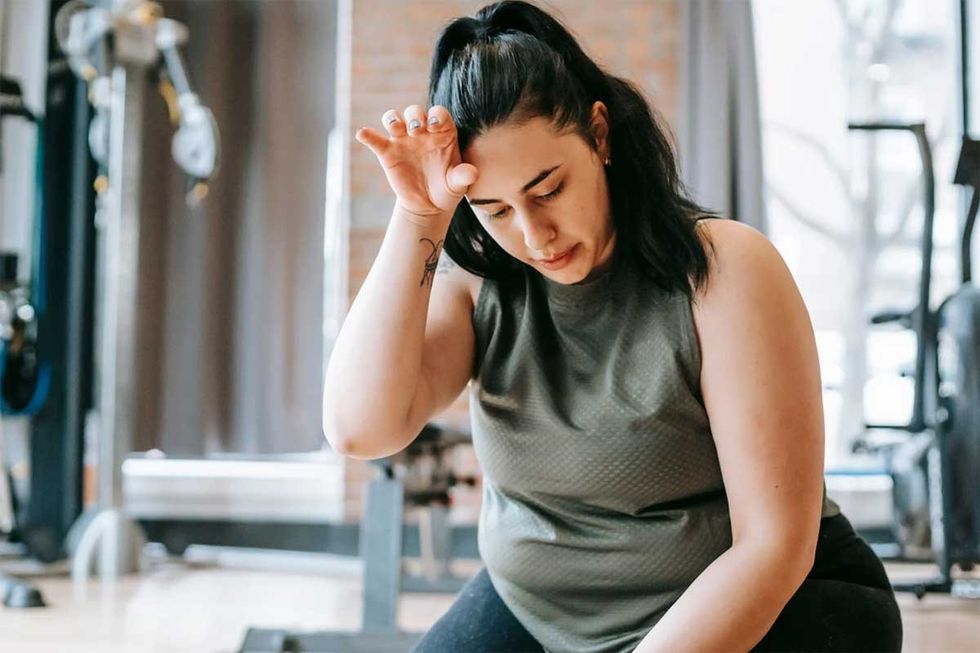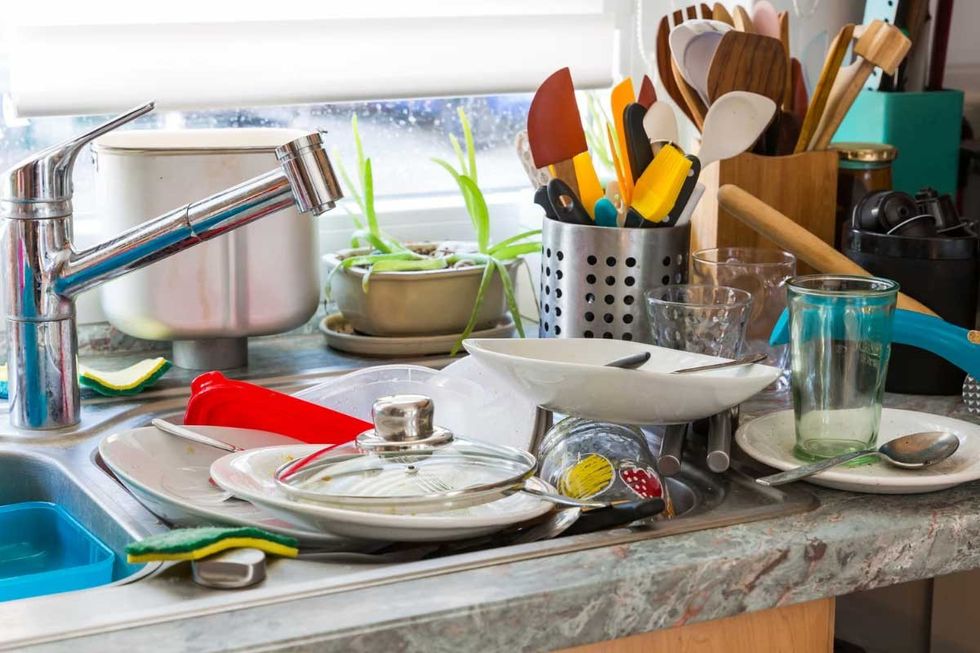The alarm clock was invented in 1787. But, even after its invention, it was not an affordable tool for the common man. So, one might wonder how people woke up early before the invention. Well, there used to be human alarm clocks known as the knocker uppers. Back in the day, there were knocker uppers—people tasked with waking others up so they could get to work on time, according to BBC.

For those who doubt the nobility of the job, a knocker upper's job was honorable and vital in the 19th and early 20th centuries. Before alarm clocks were normalized, people who rose before daylight to work in factories, mines, and markets paid a knocker upper to wake them.

In return, the knocker upper would come up to the client's doorstep to wake them up and interestingly did not leave the client's house until they were given a signal that they had woken up. They received about sixpence a week for their services, which was not shabby pay by any means.
But who woke the knocker uppers? To answer the question, no one. Knocker uppers didn't appoint someone to wake them up. According to author Richard Jones, "The knocker uppers were night owls and slept during the day instead, waking at about four in the afternoon."
The knocker upper trade did have disadvantages as these people had to be careful as they went from house to house. Their task was to be loud enough to be heard by their clients but not loud enough to wake everyone in the house at 3.30 am. They also had to remain wary of the fact that they didn't wake up the next-door neighbors for free.
Paul Stafford, a 59-year-old artist raised above a shop in Oldham, shared his experience of the knocker uppers in the 1970s, as he said, "They used to come down the street with their big, long poles." He added, "I would sleep with my brother in the back room upstairs and my parents slept in the front. [The knocker upper] wouldn't hang around either, just three or four taps and then he'd be off. We never heard it in the back, though it used to wake my father in the front."
Knocker uppers was not a recognized job profile back in the day and yet there were prominent figures in the trade who made a name for themselves courtesy of their excellent work ethic and unique work methods. Mary Smith was one of them. She hailed from the east end of London and was often spotted carrying a pea shooter and, with the precision of a sniper, sent a lively shower of dried legumes at the window panes of Limehouse.

The internet has retrieved some of the photographs of her in 1931 and in the pictures she is spotted standing in her voluminous skirts with a hand on her hip, aiming her pea shooter upwards. Iconic.


















 A symbol for organ donation.Image via
A symbol for organ donation.Image via  A line of people.Image via
A line of people.Image via  "You get a second chance."
"You get a second chance." 


 36 is the magic number.
36 is the magic number. According to one respondendant things "feel more in place".
According to one respondendant things "feel more in place". 
 Some plastic containers.Representational Image Source: Pexels I Photo by Nataliya Vaitkevich
Some plastic containers.Representational Image Source: Pexels I Photo by Nataliya Vaitkevich Man with a plastic container.Representative Image Source: Pexels | Kampus Production
Man with a plastic container.Representative Image Source: Pexels | Kampus Production
 Canva
Canva It's easy to let little things go undone. Canva
It's easy to let little things go undone. Canva
 Teens are waiting longer than at any point in the survey’s history. Canva
Teens are waiting longer than at any point in the survey’s history. Canva Chart on the age of a person’s first time having sex.National Survey of Family Growth/flowing data.com | Chart on the age of a person’s first time having sex.
Chart on the age of a person’s first time having sex.National Survey of Family Growth/flowing data.com | Chart on the age of a person’s first time having sex.
 Kids know the good adults from the bad.
Kids know the good adults from the bad.